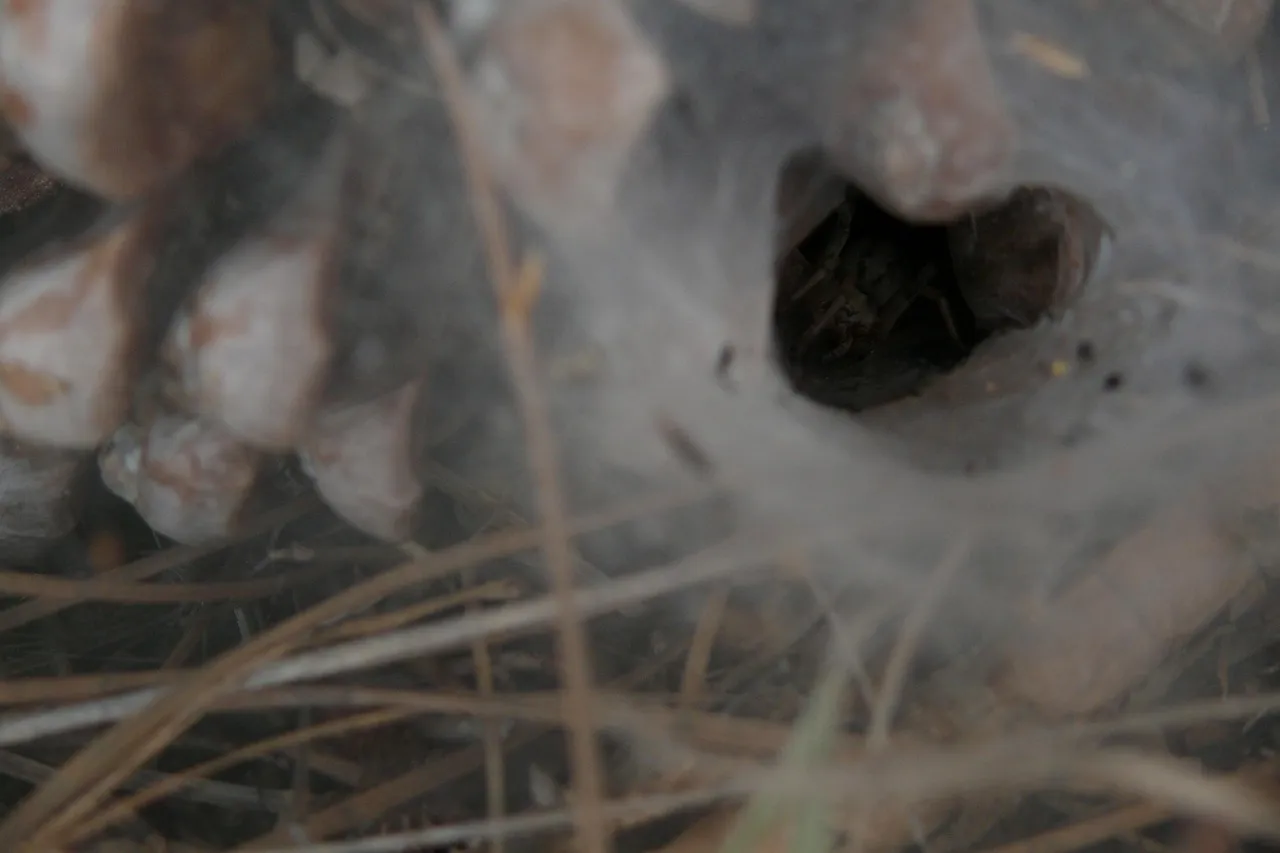What are Tarantula Spiders?
Tarantulas are large, hairy spiders belonging to the Theraphosidae family. These impressive arachnids are found in various habitats around the world, captivating both enthusiasts and those who are a bit wary of spiders. Known for their size and often striking appearance, tarantulas are a diverse group, with over 900 recognized species. They are generally nocturnal hunters, playing a vital role in their ecosystems. Understanding tarantulas involves looking at their physical attributes, behaviors, habitats, and the intriguing facts that make them unique creatures. These spiders have gained significant attention, featuring in movies, zoos, and as pets.
Appearance and Characteristics of Tarantulas
Tarantulas are easily recognized by their robust bodies covered in hairs, varying in color and texture. Their bodies consist of two main parts the cephalothorax (fused head and thorax) and the abdomen. They have eight legs, two pedipalps (used for sensory functions and manipulating food), and eight eyes, though their vision isn’t as sharp as their other senses. These spiders come in a variety of sizes, with some species having leg spans that can exceed 10 inches. The hairs on their bodies serve multiple functions, including sensory perception and defense. Some tarantulas have urticating hairs, which they can flick at potential threats, causing irritation. Their fangs, while used for injecting venom, are also a distinguishing feature. Tarantulas also go through a molting process, shedding their exoskeleton to allow for growth.
Size and Physical Traits
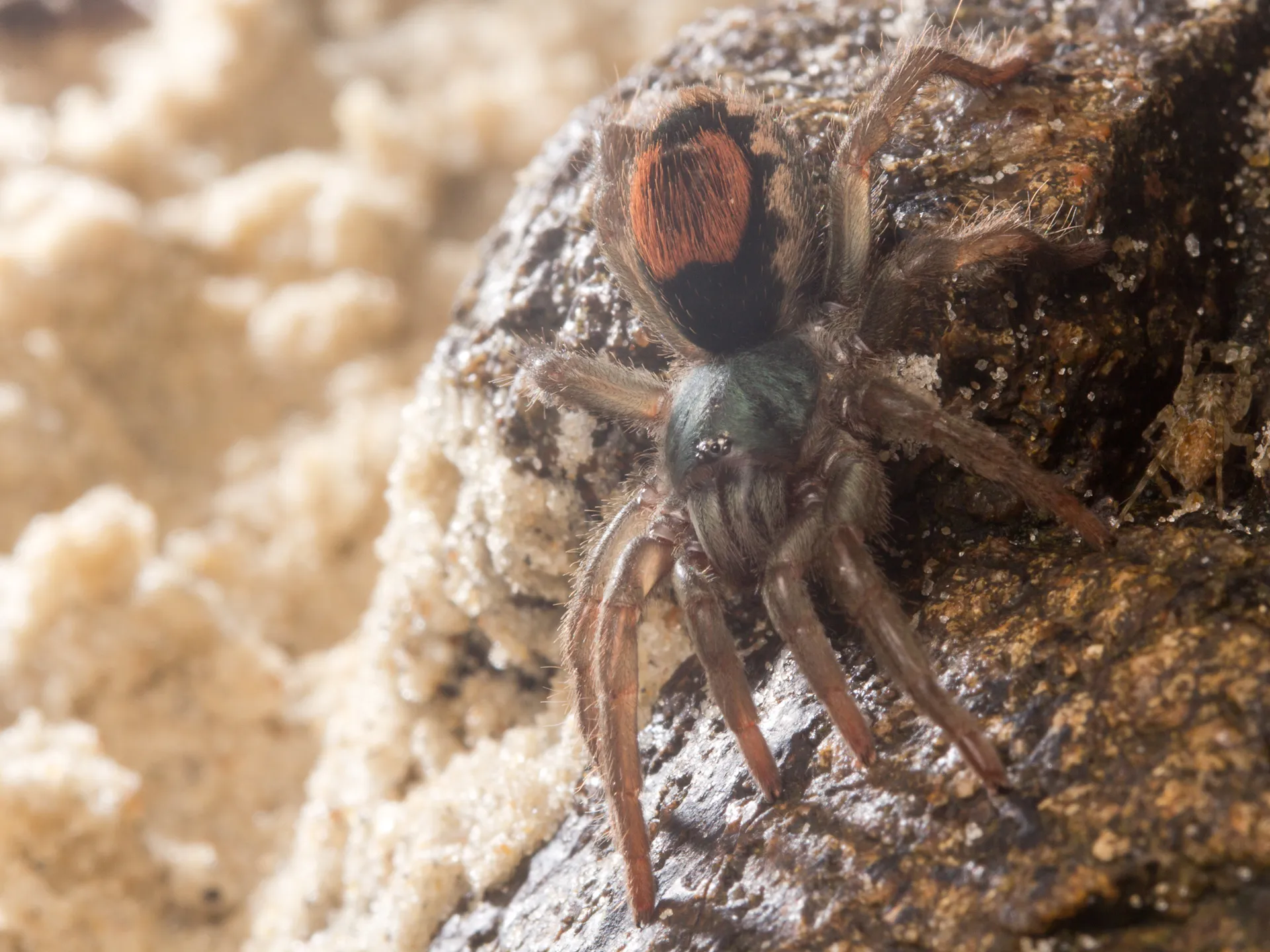
The size of a tarantula varies significantly depending on the species. Some are relatively small, while others are among the largest spiders in the world. The overall size is often measured by the leg span, the distance from the tip of one leg to the tip of the opposite leg. The body itself is also quite large, particularly the abdomen, which can be bulbous, housing the spider’s digestive and reproductive organs. The legs are strong and adapted for climbing, hunting, and digging. The body hairs also vary in length, density, and color, adding to the uniqueness of each species. The pedipalps, positioned near the mouth, are often used by males in mating rituals. The size, combined with their hairy appearance and striking colors, makes tarantulas a remarkable sight.
Color Variations and Patterns
Tarantulas exhibit a wide range of colors and patterns, from solid blacks and browns to vibrant blues, oranges, and reds. The coloration often serves as camouflage, helping them blend in with their environment and avoid predators. Some species have intricate patterns on their bodies, adding to their aesthetic appeal. The hairs on their bodies can be iridescent, reflecting light in a way that creates shimmering effects. The colors can also vary based on the tarantula’s age, gender, and molting cycle. Some tarantulas undergo dramatic color changes as they mature. Many tarantulas also have distinct markings on their legs and carapace, further contributing to their individual appearance. The diversity in colors and patterns is a testament to the adaptability of these spiders.
Behavior and Lifestyle
Most tarantulas are nocturnal creatures, active primarily during the night when they hunt for food. They are typically solitary animals, with the exception of mating periods. Their behavior is influenced by their environment, including temperature and humidity. Many tarantulas live in burrows, which they either dig themselves or occupy naturally. These burrows provide shelter and protection from the elements and predators. Some species are more terrestrial, while others are arboreal, living in trees. Tarantulas are ambush predators, meaning they wait for their prey to come close before launching an attack. Their lifestyle involves periods of activity and rest, as well as molting and reproduction.
Hunting and Diet of Tarantulas

Tarantulas are primarily carnivores, with a diet consisting mainly of insects, such as crickets and roaches, but their diet can also include small vertebrates like lizards, mice, and even small birds. They use their fangs to inject venom, which immobilizes their prey and begins the digestive process. The tarantula then crushes the prey and sucks out the nutrient-rich fluids. The size of the prey depends on the size and species of the tarantula. They have a keen sense of vibration, which they use to detect the presence of prey. Tarantulas often ambush their prey, waiting patiently until the opportune moment to strike. The nutritional needs of tarantulas vary during different life stages, with young tarantulas needing a more frequent supply of food. They are efficient hunters, contributing to the balance of their ecosystems.
Venom and Defensive Mechanisms
Tarantula venom is generally not considered dangerous to humans, although a bite can be painful and cause localized symptoms like swelling, redness, and muscle cramps. Their primary defensive mechanisms include urticating hairs, which they can flick at potential predators, and their fangs, used to inject venom. The urticating hairs cause significant irritation upon contact with skin or mucous membranes. Tarantulas also use their size and intimidating appearance to deter threats. Some species have other defense mechanisms like stridulation, which involves rubbing body parts together to create a hissing sound. When threatened, a tarantula may also adopt a defensive posture, raising its front legs and showing its fangs. Tarantulas would rather flee than fight, and bites are rare unless the spider is provoked or feels threatened.
Habitat and Distribution
Tarantulas are found in various habitats around the world, including tropical rainforests, deserts, grasslands, and even suburban areas. Their distribution is influenced by factors like climate, food availability, and the presence of suitable shelter. They often prefer warm, humid environments but can adapt to different conditions. Their habitats range from underground burrows to the canopies of trees. The diversity of tarantula species reflects the diversity of the habitats they occupy. They thrive in regions with ample insects and other prey. The habitat plays a critical role in their survival, providing resources like food, water, and protection from predators. Understanding the distribution and habitat preferences helps conservation efforts.
Where Tarantulas Live
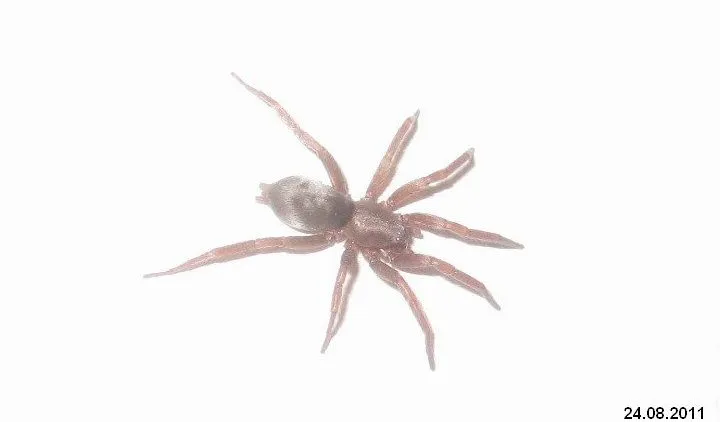
Tarantulas can be found in diverse locations depending on the species. Some live in underground burrows, which provide a stable temperature and humidity. These burrows can be simple holes or complex structures lined with silk. Arboreal tarantulas make their homes in trees, utilizing the branches and crevices. Many species are terrestrial, living on the ground in areas with leaf litter, rocks, or other cover. The specific location within a habitat depends on the tarantula’s needs and preferences, including access to prey and protection from predators. They may be found in the wild, in zoos, or in the homes of enthusiasts.
Global Distribution of Tarantulas
Tarantulas are found on every continent except Antarctica. They are most diverse in the tropical and subtropical regions of the Americas, Africa, Asia, and Australia. The global distribution reflects the suitability of these regions for tarantula survival, considering factors like climate, habitat, and prey availability. Some species are native to specific regions, such as the Brazilian black tarantula or the Mexican red-kneed tarantula. The range of a particular species can vary, depending on its adaptability and dispersal capabilities. The study of tarantula distribution also helps in the conservation and management of these fascinating creatures.
Interesting Facts about Tarantulas
Beyond their appearance and habits, tarantulas are full of interesting facts that make them even more fascinating. Their life cycle, survival strategies, and adaptations are a source of scientific curiosity and popular interest. From their unique molting process to their hunting methods, these spiders have developed remarkable characteristics. Several of these features set tarantulas apart from other spiders and are worth exploring. These facts can help us appreciate the complexity and adaptability of these remarkable arachnids.
Amazing Fact 1 Their Longevity
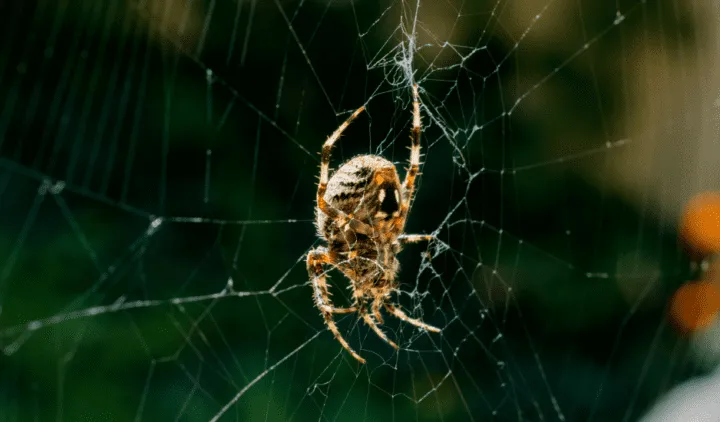
One of the most astonishing facts about tarantulas is their lifespan. Female tarantulas can live for a surprisingly long time, often exceeding 20 years in the wild and even longer in captivity. Male tarantulas, however, typically have a shorter lifespan, often only living for a few years after reaching maturity. This difference in lifespan is largely due to the demands of reproduction. The longevity of female tarantulas is exceptional for spiders. They spend most of their life growing, molting, and reproducing. Their longevity is influenced by factors such as diet, habitat conditions, and the absence of predators. This long lifespan also means that some tarantula species can grow to impressive sizes over the course of their lives.
Amazing Fact 2 Silk Production
Tarantulas, like all spiders, produce silk, but they use it in various fascinating ways. They don’t spin webs to catch prey in the same way as many other spider species. Instead, they use silk to line their burrows, create retreats, and construct egg sacs. The silk is incredibly strong and can be several times stronger than steel by weight. Some tarantulas use silk to create trip lines around their burrows, alerting them to the presence of potential prey or threats. They also use silk to molt, creating a silk mat to lie on. The silk production is essential for tarantulas survival, offering protection, facilitating reproduction, and providing support in their habitats. The unique properties of tarantula silk make it a subject of scientific research.
Amazing Fact 3 Molting Process
Tarantulas, like all arthropods, have an exoskeleton, which is a rigid outer covering. Because this exoskeleton doesn’t grow, tarantulas must molt, shedding their old exoskeleton to allow for growth. The molting process is a remarkable transformation. The tarantula first creates a new, soft exoskeleton beneath the old one. It then splits open the old exoskeleton, typically at the cephalothorax or abdomen, and slowly pulls itself out. This is a vulnerable time for the spider, as it is soft and defenseless until its new exoskeleton hardens. After molting, the tarantula is often a brighter color. Molting allows the tarantula to grow and replace lost limbs. The frequency of molting decreases as the tarantula matures, with older individuals molting less often. Molting is essential for their survival and growth.
Amazing Fact 4 Diverse Species
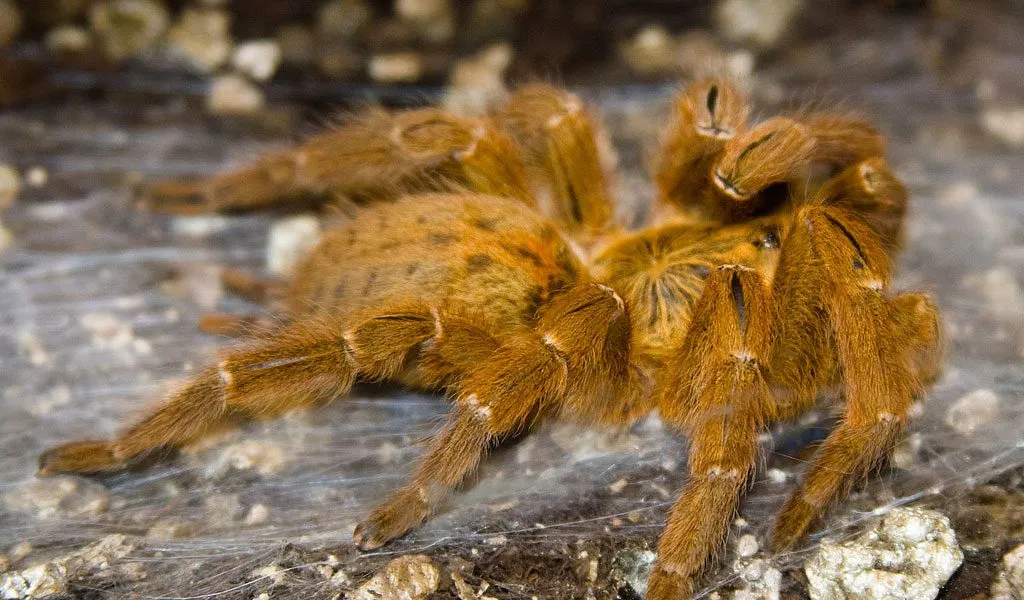
The sheer diversity of tarantula species is a remarkable fact. With over 900 recognized species, these spiders exhibit a vast range of sizes, colors, behaviors, and habitats. Each species is adapted to its environment, showcasing the power of evolution. Some tarantulas are known for their vibrant colors, such as the cobalt blue tarantula and the Chilean rose tarantula. Others are known for their unique behaviors, such as the ability to flick urticating hairs. The diversity is also reflected in their habitats. Some species are arboreal, living in trees, while others are terrestrial, living on the ground. The ongoing discovery of new species shows that the full extent of tarantula diversity is still being explored, making them a fascinating subject of scientific study.
Amazing Fact 5 Their Role in Ecosystems
Tarantulas play a vital role in the ecosystems they inhabit. As predators, they help control populations of insects and small vertebrates, contributing to the balance of the food web. They also serve as prey for larger animals, such as birds, mammals, and reptiles. The burrows of tarantulas can provide shelter for other creatures. Their activities, such as burrowing, can also help aerate the soil. Tarantulas are therefore an important part of the ecosystem. The health and survival of tarantulas are essential for maintaining the overall health of their ecosystems. Conservation efforts are crucial to protecting their populations and the ecological roles they play. The presence of tarantulas is an indicator of a healthy ecosystem.
